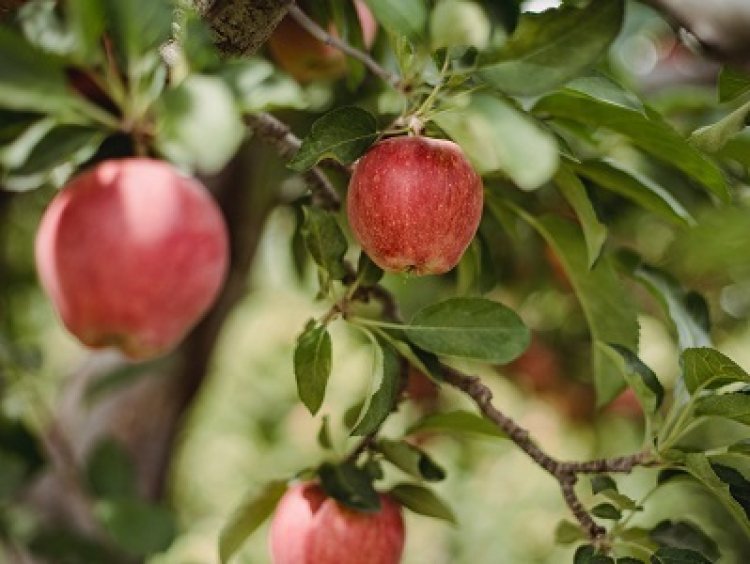Researchers discover how fungus helps destroy harmful food toxin

Tokyo, Japan: Patulin, a mycotoxin generated by various fungi, is harmful to a wide range of creatures, including humans, mammals, plants, and microbes. Many of these fungi species tend to grow on damaged or decaying fruits, specifically apples, and even contaminate apple products such as apple sauce, apple juice, jams, and ciders in environments lacking proper hygienic measures during food production.
Patulin toxicity is a big worry around the world, including nausea, lung congestion, ulcers, intestinal haemorrhages, and even more catastrophic effects such as DNA damage, immunosuppression, and increased cancer risk. As a result, many governments have established limits on the amount of patulin allowed in food items, particularly baby meals.
Treatment of patulin toxicity includes oxygen therapy, immunotherapy, detoxification therapy, and nutrient therapy. However, as prevention is often better than cure, scientists have been on the lookout for efficient ways to mitigate patulin toxicity in food products. To this end, a research team including Associate Professor Toshiki Furuya from Tokyo University of Science (TUS) in Japan, recently screened for soil microorganisms that can potentially help keep patulin toxicity in check. Their study, published online in Volume 12, Issue 4 of MicrobiologyOpen on 11 August 2023, was co-authored by Ms. Megumi Mita, Ms. Rina Sato, and Ms. Miho Kakinuma, all from TUS.
The team cultured microorganisms from 510 soil samples in a patulin-rich environment, looking for those that would thrive in presence of the toxin. Next, in a second screening experiment, they used high-performance liquid chromatography (HPLC) to determine the survivors that were most effective in degrading patulin into other less harmful chemical substances. Accordingly, they identified a filamentous fungal (mold) strain, Acremonium sp. or “TUS-MM1,” belonging to the genera Acremonium, that fit the bill.
The team then performed various experiments to shed light on the mechanisms by which TUS-MM1 degraded patulin. This involved incubating the mold strain in a patulin-rich solution and focusing on the substances that gradually appeared both inside and outside its cells in response to patulin over time.
One important finding was that TUS-MM1 cells transformed any absorbed patulin into desoxypatulinic acid, a compound much less toxic than patulin, by adding hydrogen atoms to it. “When we started this research, only one other filamentous fungal strain had been reported to degrade patulin,” comments Dr. Furuya. “However, prior to the present study, no degradation products had ever been identified. In this regard, to our knowledge, TUS-MM1 is the first filamentous fungus shown to be capable of degrading patulin into desoxypatulinic acid.”
Moreover, the team found that some of the compounds secreted by TUS-MM1 cells can also transform patulin into other molecules. By mixing patulin with the extracellular secretions of TUS-MM1 cells and using HPLC, they observed various degradation products generated from patulin. Encouragingly, experiments on E. coli bacterium cells revealed that these products are significantly less toxic than patulin itself. Through further chemical analyses, the team showed that the main agent responsible for patulin transformation outside the cells was a thermally stable but highly reactive compound with a low molecular weight.
Overall, the findings of this study take us a step closer toward efficient solutions for controlling the levels of patulin in food. Dr. Furuya speculates: “Elucidating the pathways via which microorganisms can degrade patulin would be helpful not only for increasing our understanding of the underlying mechanisms in nature but also for facilitating the application of these organisms in biocontrol efforts.”















































